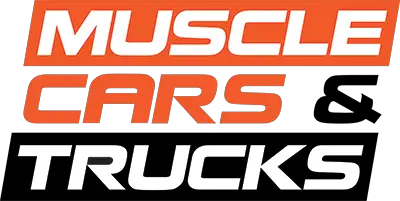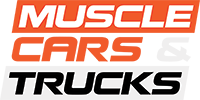Ever-more-constricting internal combustion emissions requirements have automakers working overtime to make each new generation of vehicles more green and environmentally friendly than the last. The problem is so extensive, in fact, that “downsize and turbocharge” has become something of a mantra for the modern automotive era, and direct injection is rapidly replacing port injection. The Ford Mustang has eschewed the traditional six-cylinder as its base engine, in favor of a direct-injected turbocharged four-pot. The Chevy Camaro hasn’t gone quite so far as to ditch the six altogether, but it, too, delivers its thrills via a GDI turbo-four at the base end of the powertrain range.
Gasoline direct injection is, by most objective measures, a positive development. With much tighter control over the fuel timing, and partly thanks to the cooling effect the still-vaporizing fuel has inside the combustion chamber, engineers are able to squeeze more power and efficiency out of every drop.
Good, right? Well, there are some drawbacks.
The Problem(s) With Direct Injection
A new video from Engineering Explained explains some of these drawbacks in detail. Of course, the most notorious of all is the propensity for intake valve carbon deposits, which occur more frequently in direct-injection engines because fuel – a potent solvent – isn’t being sprayed at the backsides of the valves constantly.
But there are several other big issues, as well, including accelerated timing chain wear, which happens in GDI engines because the fuel doesn’t have as much time to vaporize as in a port-injected or carbureted engine, creating rich “pockets” of air/fuel mixture that can produce soot. Some of that soot can squeak past the piston rings and end up in the oil, and while it’s of little concern to parts like the rod bearings and camshafts, the timing chain pins are particularly susceptible to faster wear.
Oil dilution is another big concern; at cold startup, engines run temporarily rich because the cold temperatures mean the fuel won’t vaporize as readily. But GDI engines have to run especially rich, meaning there’s more unburnt fuel present that can slip past the pistons into the oil, lowering the viscosity and impairing the oil’s ability to protect against internal wear.
To top it all off, there’s low-speed pre-ignition – a condition that occurs under high pressure and low rpm, when a hot spot in the cylinder causes some of the air/fuel mixture to ignite during the compression stroke. That causes pressure in the cylinder to spike while the piston is still traveling upward, potentially leading to major damage. No engine is completely immune, but direct-injected engines – especially ones with turbochargers – are more susceptible than most because GDI allows manufacturers to get away with higher compression ratios.
So what’s the fix? Dual injection – a combination of both port and direct injection. Of the Big Three US automakers, Ford is the leader on this front, offering the technology on several of its turbocharged EcoBoost V6 engines, as well as the 5.0L Coyote V8 that powers the Ford Mustang GT. The idea is simple: let port injection take care of cold starts and spraying off the intake valves, and let direct injection handle the rest.
Or, just throw your hands up and wait for the EV revolution to sweep through.






